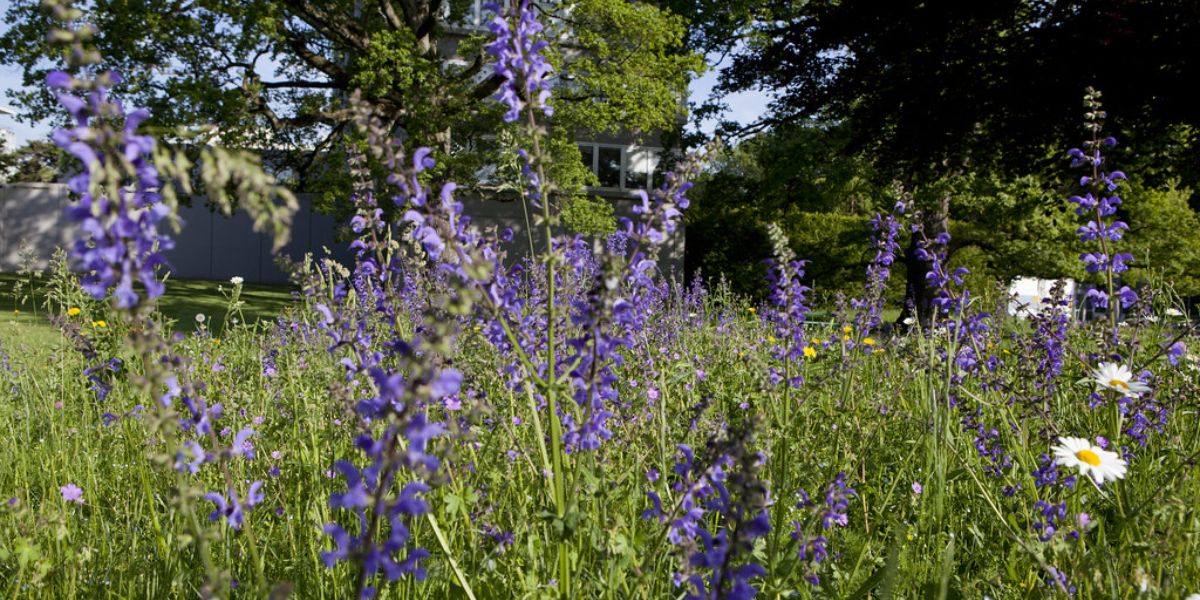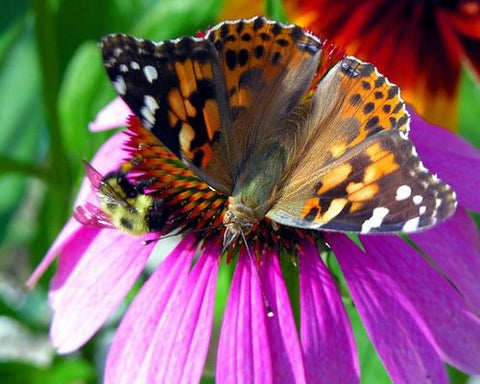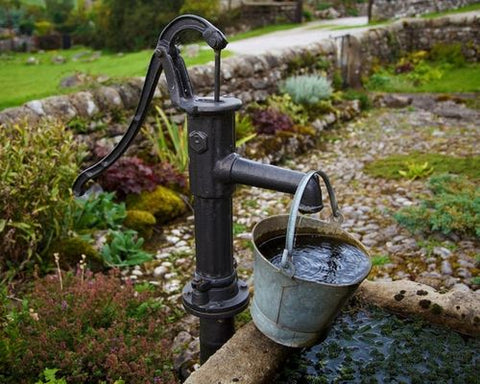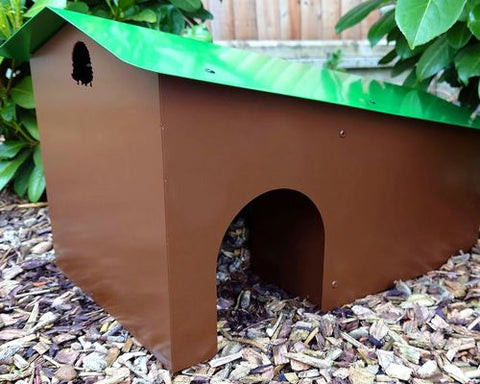Nurturing Nature: Promoting Biodiversity in Your UK Garden

Gardens in the United Kingdom are more than just patches of green; they are opportunities to support and celebrate biodiversity. By creating a garden that welcomes a variety of plant and animal life, you can contribute to the conservation of local ecosystems while enjoying the beauty of a thriving natural haven. In this blog, we'll explore how to promote biodiversity in your UK garden.
1. Native Plants
Start by incorporating native plants into your garden. These plants are well-adapted to the local climate and provide food and shelter for native wildlife. Choose a mix of trees, shrubs, wildflowers, and grasses to create a diverse habitat.

2. Wildflower Meadows
Plant a wildflower meadow in a section of your garden. Wildflowers like meadow cranesbill and oxeye daisies attract pollinators such as bees and butterflies. A wildflower meadow not only adds natural beauty but also supports vital pollination services.
3. Bird-Friendly Features
Install bird feeders, nesting boxes, and bird baths to encourage avian visitors. Different bird species have diverse dietary needs, so offering a variety of seeds and foods ensures you attract a range of feathered friends.

4. Butterfly and Bee Gardens
Create a butterfly and bee-friendly garden by planting nectar-rich flowers like lavender, buddleia, and heather. These plants provide essential forage for pollinators, helping to maintain local biodiversity.
5. Ponds and Water Features
Introduce a pond or small water feature to your garden. These provide drinking and bathing spots for birds and amphibians. Native aquatic plants like water forget-me-not and water mint enhance the aquatic habitat.
6. Composting and Mulching
Composting kitchen waste and using mulch from your garden promotes healthy soil and encourages beneficial insects. Earthworms, in particular, play a vital role in soil health and nutrient cycling.

7. Organic Gardening
Opt for organic gardening practices that avoid chemical pesticides and herbicides. These chemicals can harm both targeted pests and beneficial insects, disrupting the natural balance in your garden.
8. Leave Wild Corners
Allow a portion of your garden to remain wild and untamed. These wild corners provide essential shelter and breeding areas for wildlife, including hedgehogs, insects, and small mammals.

9. Hedge and Tree Planting
Plant hedges and trees to create sheltered areas and corridors for wildlife. These structures serve as valuable habitat for nesting birds and provide shade and protection for various species.
10. Learn and Share Knowledge
Stay informed about local wildlife and conservation efforts in the UK. Share your knowledge with neighbours and friends to inspire them to create biodiverse gardens too.
In conclusion, nurturing biodiversity in your UK garden is not only an act of stewardship but also a source of wonder and joy. By implementing these practices, you can contribute to the preservation of local ecosystems and create a vibrant and thriving natural space that celebrates the richness of UK wildlife. Your garden can be a sanctuary for creatures big and small, making a positive impact on biodiversity in your corner of the world.


